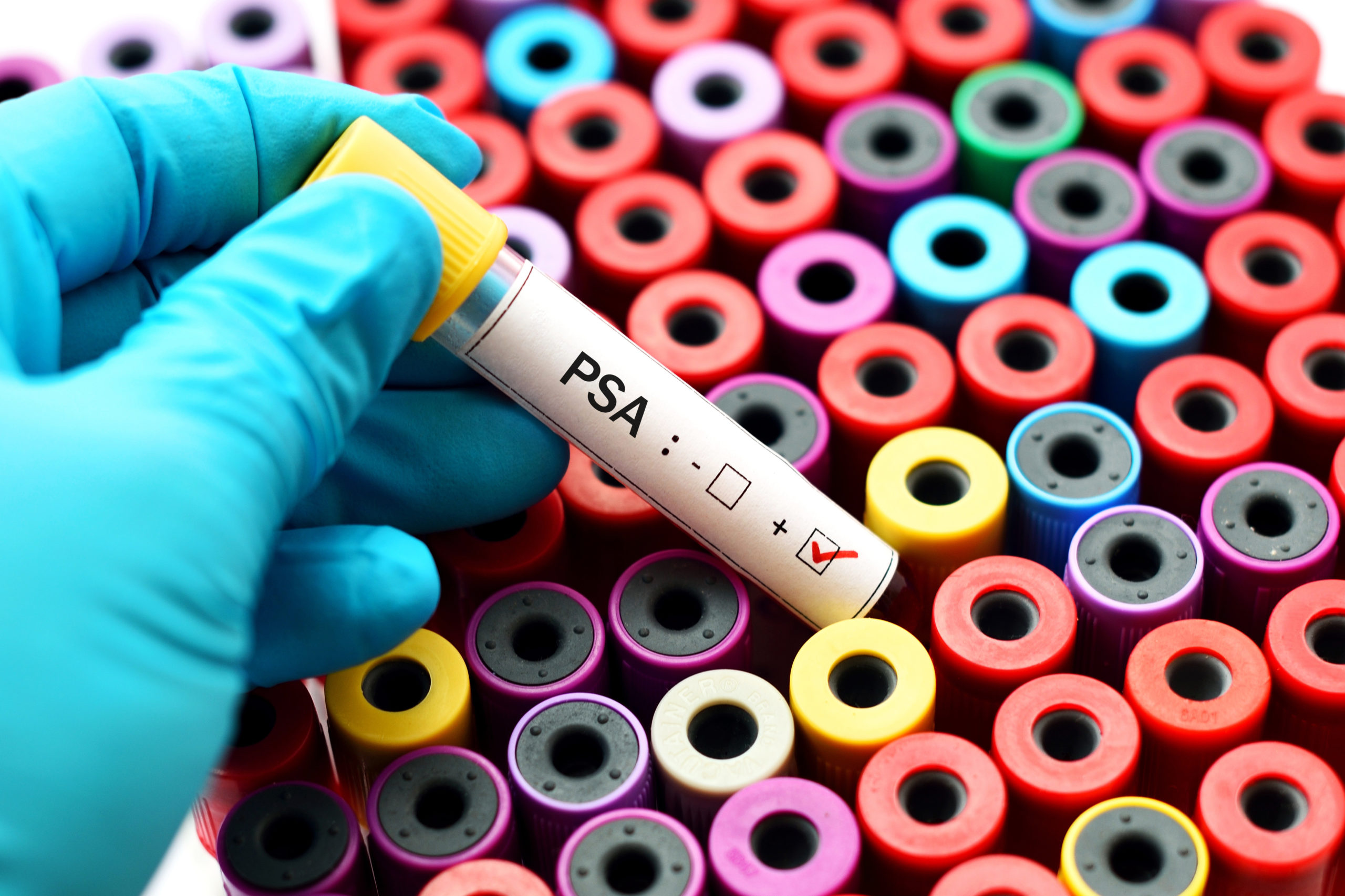
Clinicians treating patients with localized prostate cancer have several therapeutic options, including active surveillance, radiation beam therapy, focal therapy, and radical prostatectomy. Therefore, they need accurate methods to assess prostate cancer lesions and how aggressive they might be in order to make the best treatment recommendations.
A study presented at the Society of Nuclear Medicine and Molecular Imaging (SNMMI) Annual Meeting supports the possible combination of 2 assessment methods: prostate-specific membrane antigen (PSMA) positron emission tomography/computed tomography (PET/CT), as recognized by National Comprehensive Cancer Network guidelines, plus gastrin-releasing peptide receptor (GRP-R), a neuropeptide receptor that is overexpressed by low-risk prostate cancer cells.
The researchers conducted a prospective, single-arm, single-center, phase 2 imaging study to compare PSMA and GRP-R-targeted imaging during initial staging. They sought to understand how PSMA-PET and GRP-R-PET could be used or combined in clinical practice to improve assessment and treatment planning.
The study used anonymized, masked, and independent interpretations of PET/CT paired studies in 22 patients with newly diagnosed, biopsy-proven prostate cancer. None of the patients had received neoadjuvant hormonal therapy or chemotherapy, but all had received extended pelvic lymph node dissection.
The study used [68Ga]Ga-PSMA-617 (a radiolabeled PSMA inhibitor) and [68Ga]Ga-RM2 (a radiolabeled GRP-R-antagonist). [68Ga]Ga-PSMA-617 PET/CT detected 26 of 35 (74.3%) tumor lesions, while [68Ga]Ga-RM2 PET/CT detected 25 of 32 (78.1%).
“[68Ga]Ga-RM2 PET/CT performed better than [68Ga]Ga-PSMA-617 PET/CT,” wrote the authors, led by Romain Schollhammer of the Nuclear Medicine Department at the University Hospital of Bordeaux in France. “Combining PSMA-PET and GRP-R PET allows to better classify intraprostatic lesions.”







 © 2025 Mashup Media, LLC, a Formedics Property. All Rights Reserved.
© 2025 Mashup Media, LLC, a Formedics Property. All Rights Reserved.